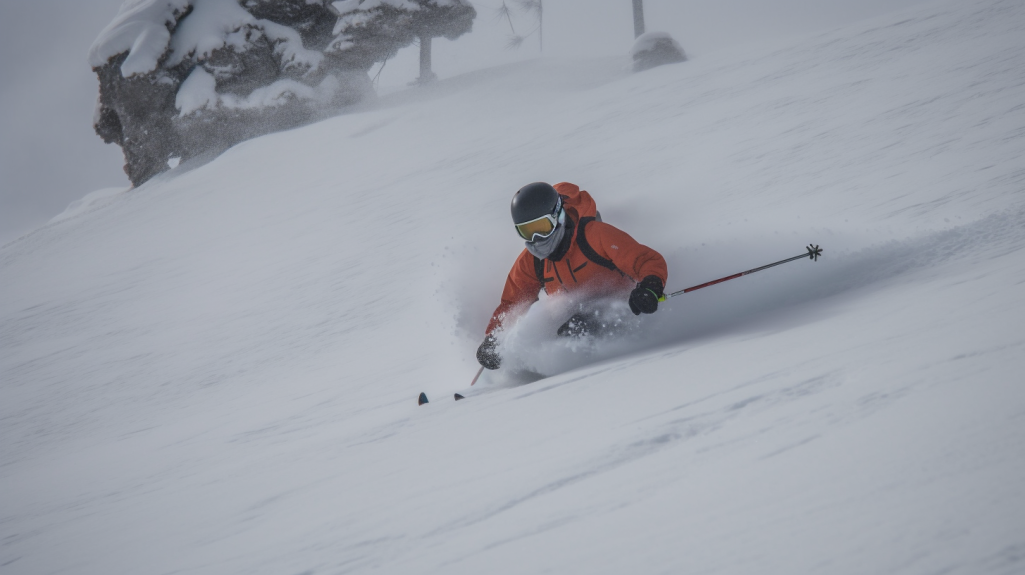When winter blankets the world in a shimmering coat of snow, it beckons outdoor enthusiasts to explore the frozen landscapes on skis. Two popular disciplines emerge from this winter wonderland – downhill skiing and cross country skiing. While both involve sliding on snow, these activities cater to different preferences, skill levels, and goals. In this article, we will delve into the nuances that distinguish downhill skiing from cross country skiing, helping you choose the perfect snowy adventure for your winter escapades.
Downhill Skiing: The Thrill of Descent
Equipment:
- Downhill skis are shorter, wider, and designed for stability and control during descents.
- Bindings firmly secure boots to the skis and release in case of a fall.
- Poles are used primarily for balance and steering.
Technique:
- Gravity-driven, downhill skiing emphasizes controlled descents on groomed slopes.
- Skiers use a series of turns, such as the parallel turn or carving, to navigate down hills.
- Speed and agility play a crucial role in mastering downhill technique.
Terrain:
- Downhill skiing typically takes place on ski resorts with well-groomed slopes, varying in difficulty from beginner (green) to expert (black diamond).
- Resorts often have chairlifts or gondolas to transport skiers to the top of the slopes.
Experience:
- Suited for thrill-seekers and those who enjoy the exhilaration of speed and steep slopes.
- Ideal for individuals seeking a social skiing experience at popular winter resorts.
Cross Country Skiing: The Tranquility of Exploration
Equipment:
- Cross country skis are longer, narrower, and lighter for enhanced gliding on flat or gently rolling terrain.
- Bindings provide a flexible connection between boots and skis, allowing a more natural walking motion.
- Poles are longer and used to propel the skier forward.
Technique:
- Cross country skiing focuses on forward motion, with techniques like classic skiing (diagonal stride) and skate skiing.
- Skiers traverse varied terrain, including flat trails, rolling hills, and sometimes backcountry routes.
Terrain:
- Cross country skiing can take place in various environments, from groomed trails in parks to backcountry routes through untouched snow.
- Trails may include both uphill and downhill sections, but the emphasis is on endurance and exploration.
Experience:
- Suited for those who enjoy a cardio workout, serene landscapes, and the freedom to explore nature at a more relaxed pace.
- Ideal for individuals seeking a solitary or small-group experience away from the bustling atmosphere of ski resorts.
Choosing the Right Fit:
Skill Level:
- Downhill skiing may be more approachable for beginners due to the controlled environment of ski resorts.
- Cross country skiing requires endurance and technique, making it suitable for those willing to invest time in learning.
Preference:
- If you crave speed, the rush of descents, and the camaraderie of ski resorts, downhill skiing may be your preferred choice.
- If the tranquility of nature, physical endurance, and the freedom to explore vast snowy landscapes appeal to you, cross country skiing might be the perfect fit.
Conclusion:
Whether you’re drawn to the adrenaline-pumping descents of downhill skiing or the serene exploration of cross country skiing, both disciplines offer unique and rewarding winter experiences. The choice between these two snowy pursuits ultimately depends on your preferences, skill level, and the type of adventure you seek. So, gear up, embrace the cold, and embark on a winter journey that suits your snow-covered aspirations.

